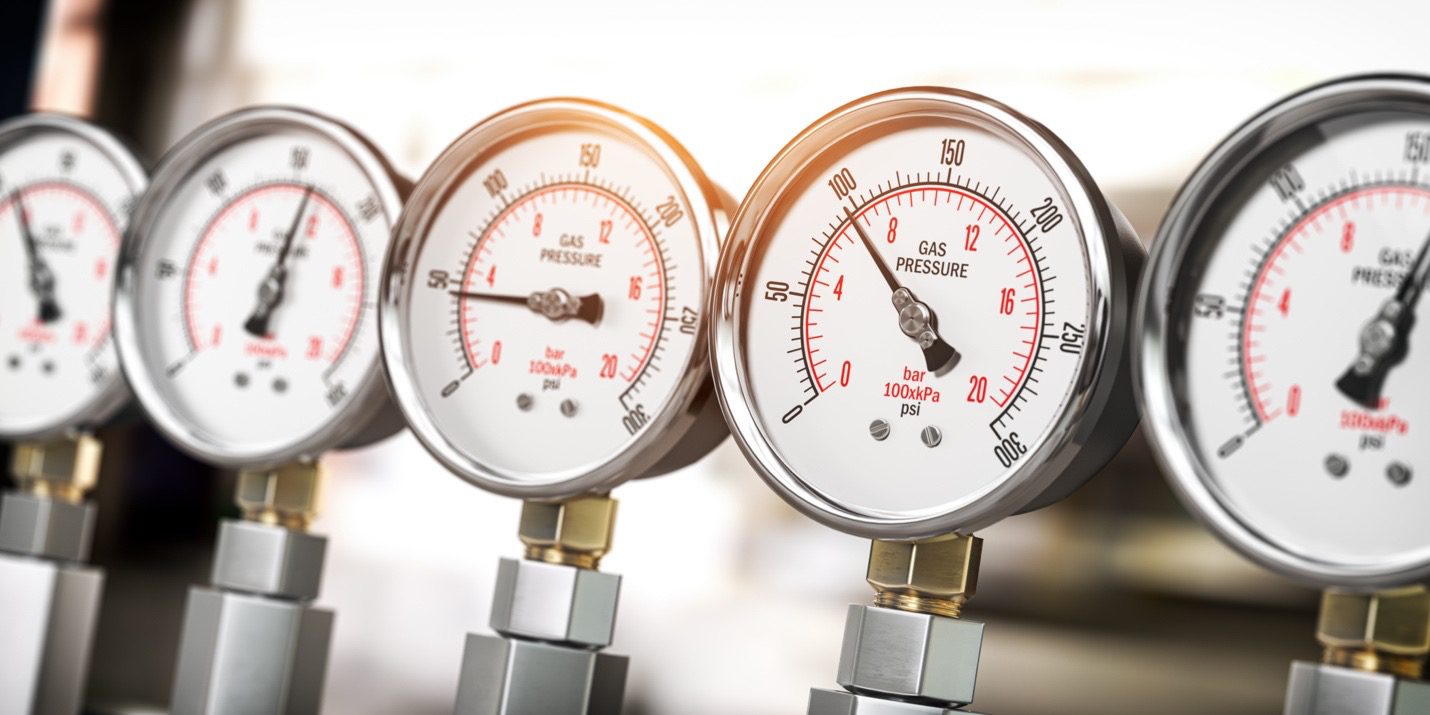
Pressure gauges can be used for a wide range of applications. Depending on the specialization, they help control the pressure of liquids, gases and steam in production processes. For this reason, manufacturers did research and came up with various pressure devices. Overall, there are two main pressure gauges—liquid and gas pressure gauges. The type of gauge you choose depends on your industrial needs. Each option has its pros and cons and why it’s suitable for particular processes. In this post, we will go through the two options to help you determine which one fits your needs better.
Pros and Cons of Liquid Pressure Gauges
Pros
- They’re more resistant to vibration and pressure drops
- You can seal them to keep moisture from entering the case and blocking the mechanism.
- Can function at sub-zero temperatures
- They’re environmentally friendly as the liquid used is degradable and non-hazardous.
Cons
- They cost more than dry gauges.
Why Select a Liquid-Filled Gauge?
The liquid pressure gauges are filled with liquid such as a mixture of water and glycerin, pure glycerin, or liquid silicone. They’re used in applications that involve high dynamic shock and vibration loading. The liquid helps dampen the vibrations and pressure drops that occur during loading the mechanical components of the pressure. Liquid pressure gauges can be used in cold and humid environments or applications with high-vibration conditions.
The standard liquid-filled gauges are filled with 100% glycerin that starts becoming sticky at 17 degrees Celsius. As the temperature decreases, the glycerin becomes slimy, causing the pointer to move slowly to the right position. When it reaches -5 degrees, the gauge will stop operating completely. The gauge operates best in areas where the temperature doesn’t fluctuate.
The gauges with water and glycerin can work in conditions as low as -46 degrees. That means they can work in extremely cold circumstances and environments. Most liquid-filled gauges are completely airtight, allowing them to perform in corrosive environments.
Pros and Cons of Dry Pressure Gauge
Pros
- Relatively cheaper than liquid pressure gauges
- Works well for simple applications such as air compressors
Cons
- The dial can become obscured by moisture, and if the moisture converts to ice, the device may fail.
- They are not protected from pressure drops and vibrations that can disable the mechanism.
Why Select a Dry Gauge?
Dry pressure gauges do not contain any liquid. They’re used mainly for industrial machines such as air compressors. If your industrial machines don’t have mechanical vibrations, the dry pressure gauge can be ideal for you. It is also great for areas with little or no moisture. Low temperatures can cause moisture to convert to ice, leading to gauge failure.
While these gauges are typically cheaper than liquid-filled pressure gauges, they require proper care and use. If used incorrectly, they can easily break down or fail permanently, costing you more money in the long run. Generally, you can use dry pressure gauges in simple applications.
Need Liquid or Gas Differential Pressure Gauge in the Midwest
Mid-west Instrument is an industry leader in manufacturing and designing differential pressure gauges. With over 60 years of experience, you can rest assured that we have all the skills, time, equipment, technology and workforce to get you the best products in the industry. Feel free to contact us to learn how our products can help you in your business.

